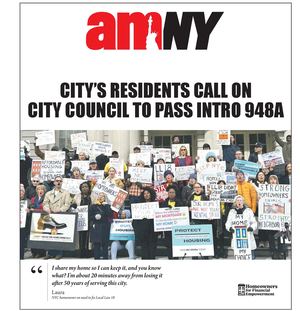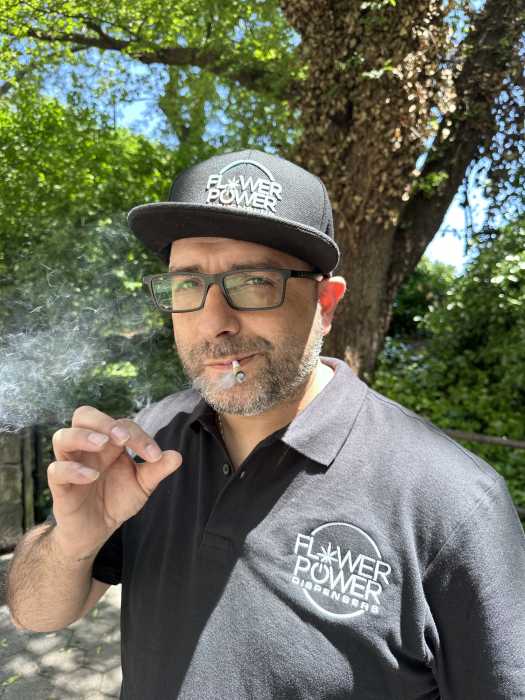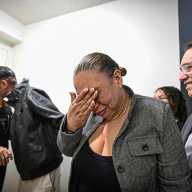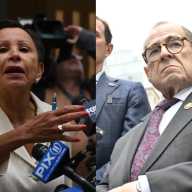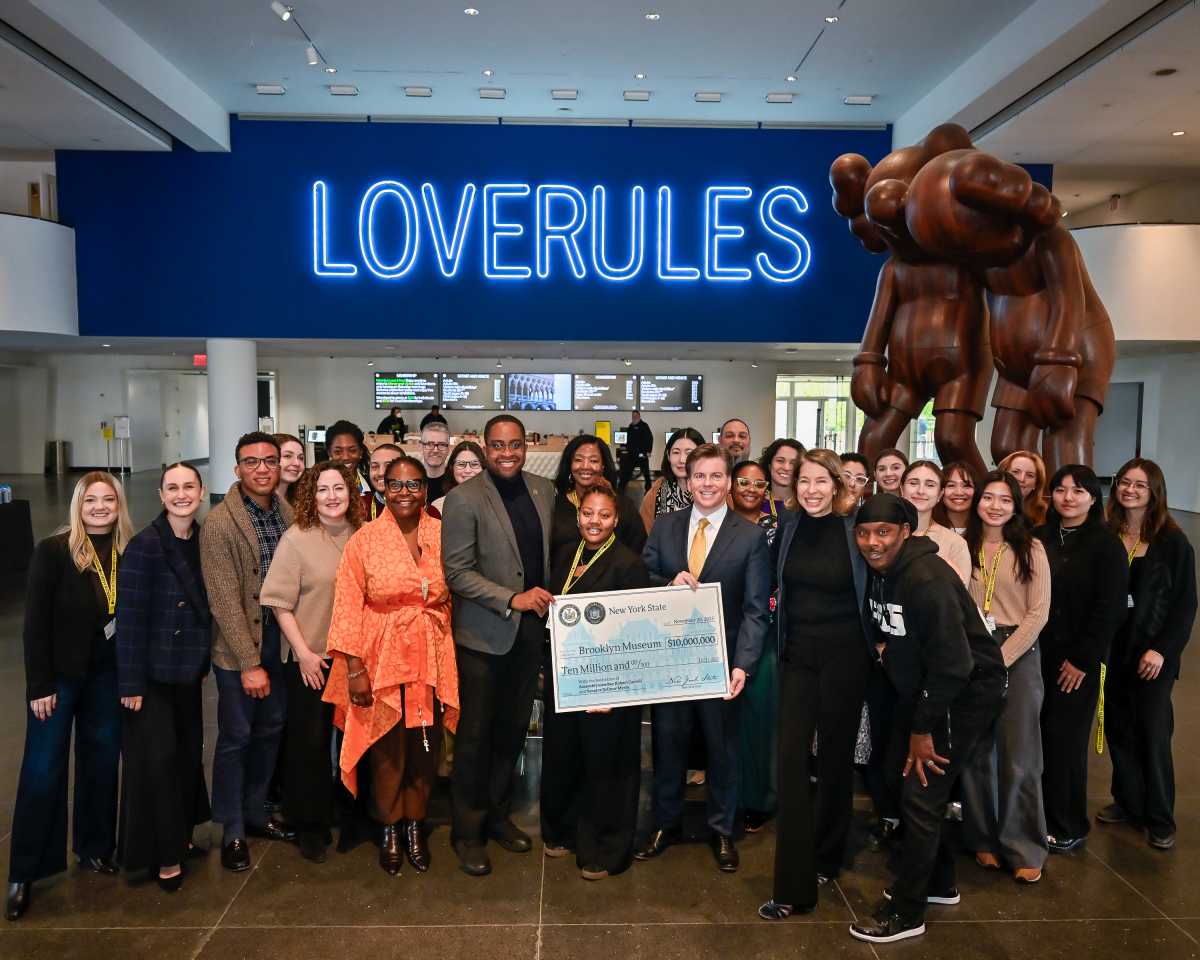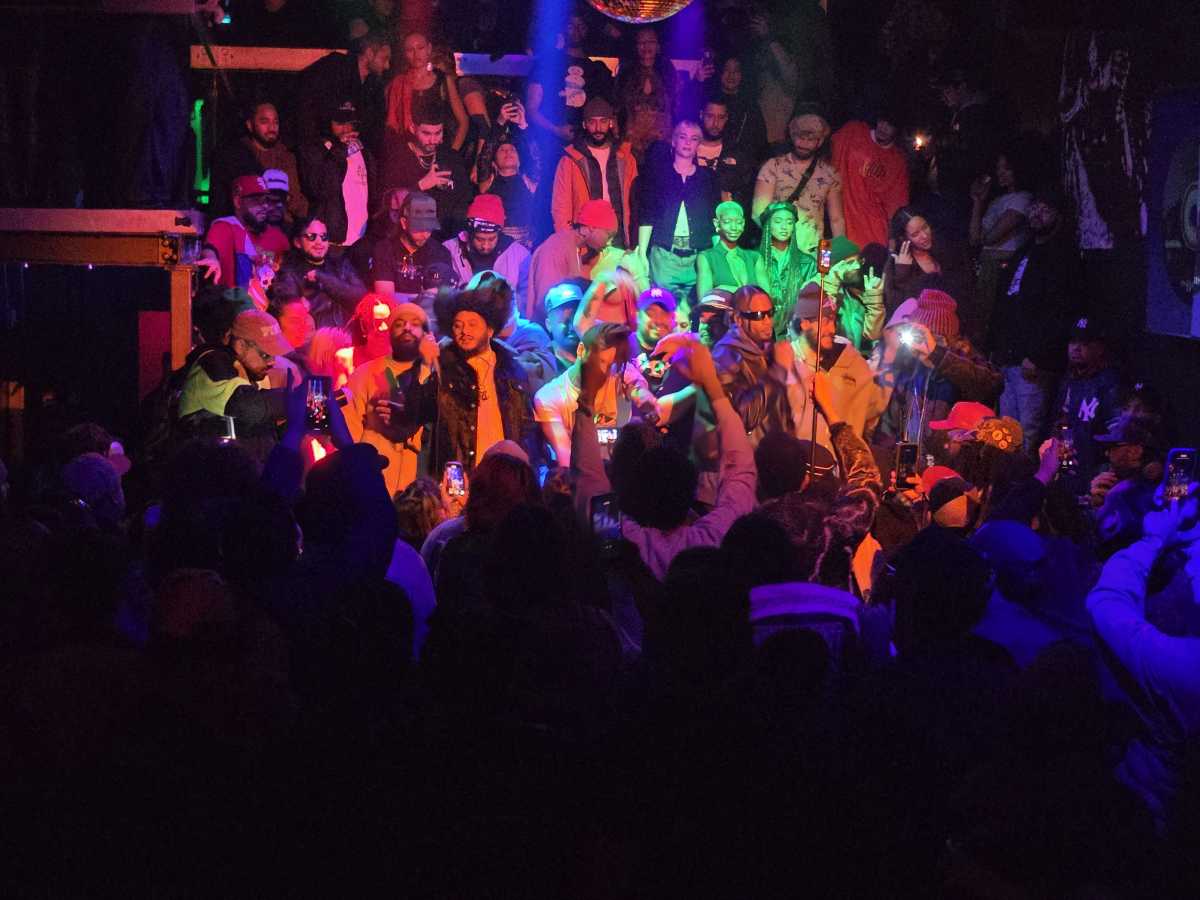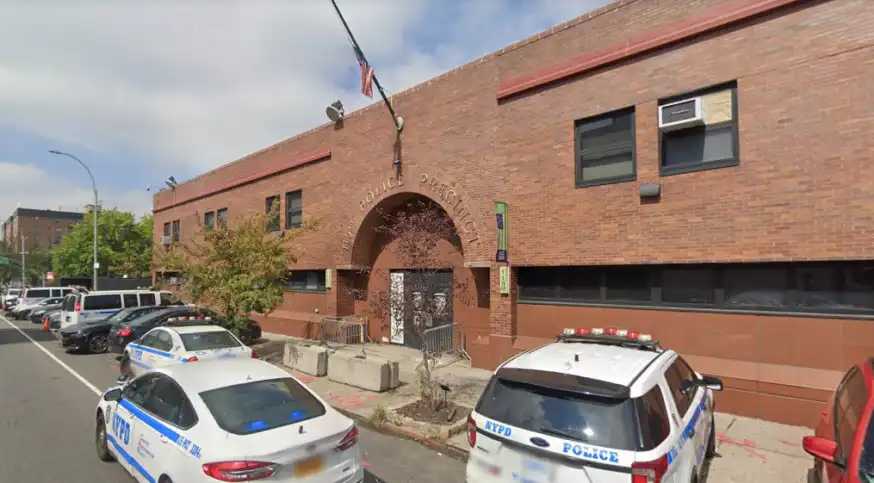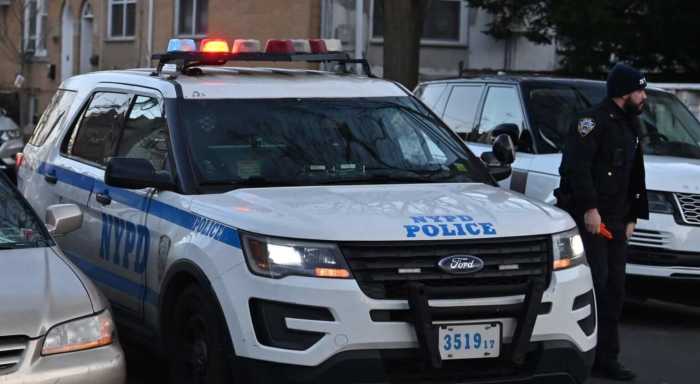The city has come a long way from early ambitions to expand public education to all to today’s debates over testing, charters and Common Core standards.
New York began funding public education as early as 1795, but school attendance was far from universal even by the 19th century.
It was not unusual for children to be taking on jobs instead of going to school and thousands of new immigrants were turned away from an overburdened public education system. In the absence of public education institutions, philanthropic agencies in the poorest neighborhoods worked to provide educational programs, lodging and even meals.
But after the consolidation of New York City in 1898, Charles B.J. Snyder, superintendent of school buildings, directed an expansive development of new educational structures throughout the city. By the mid-twentieth century, New York City’s public school system had developed, in many respects, into a national model.
The New-York Historical Society’s staff took a look back at key moments and figures in the city’s public education.
